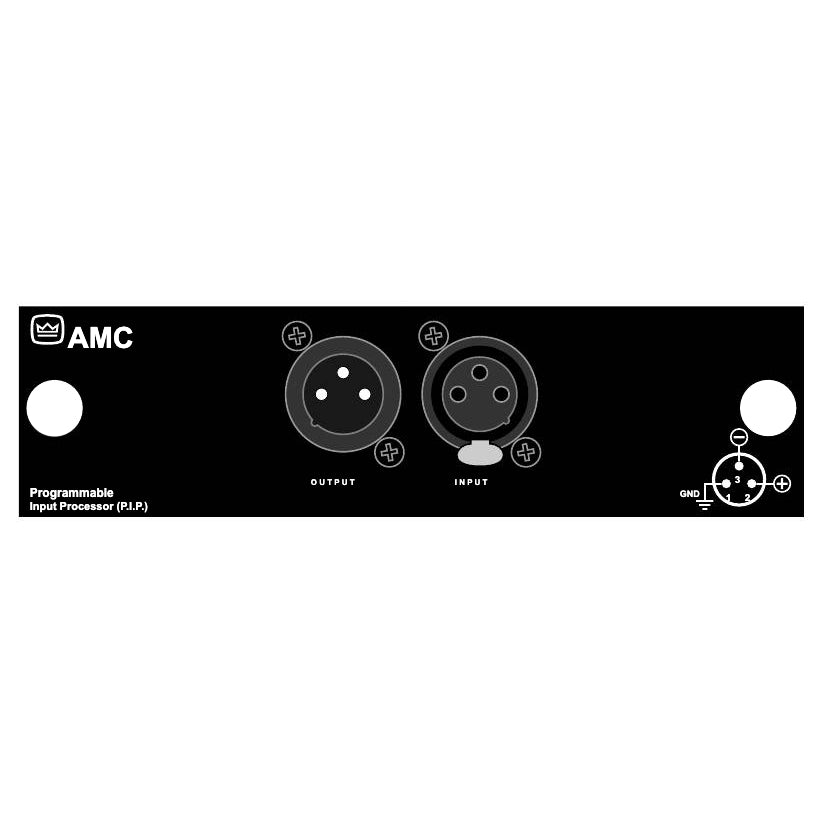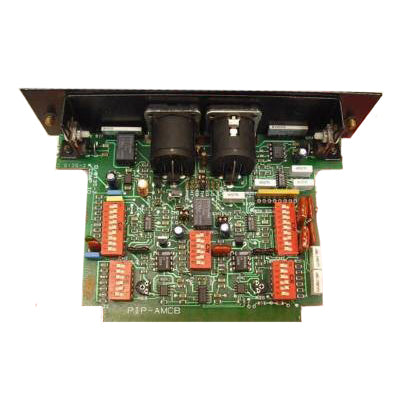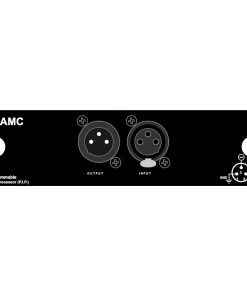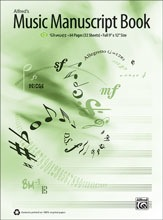Crown PIP-AMCb Programmable Input Processor – Open Box Crown
$ 250,00 $ 100,00
Open Box: The box has been opened but item never installed. It comes with the original box and another PCB board that needs to be installed and connected with a ribbon inside the amplifier.
Crown’s P.I.P. ®–AMCb. PIPTM modules are designed to quickly install in the back of many Crown amplifiers. PIP stands for “Programmable Input Processor.” Each PIP has features that expand the capabilities of your amplifier, enabling you to customize it for your particular needs.
The P.I.P.– AMCb is a versatile monophonic Acoustic Modeling Crossover (version b) that plugs into any PIP-capable Crown amplifier. It combines the functions of a crossover, equalizer and compressor.
DIP switches, plug-in SIP resistors and convenient jumper blocks make it easy to configure any of its powerful operating features.
FEATURES
- Variable 24-dB/octave (4th order) Linkwitz-Riley crossover with state variable topology.
- Variable 12-dB/octave (2nd order) low-frequency filter with Q=2 for vented box equalization.
- Variable 6-dB/octave high frequency shelving network with variable 12-dB/octave high-frequency low-pass filter for constant-directivity horn equalization.
- Variable threshold, feedback/error driven compressor/limiter with infinite compression ratio.
- Configurable compressor control path.
- Fully configurable outputs to supply the amplifier channels.
- Configurable “daisy chain” output.
- 3-pin balanced XLR connectors for input and daisy chain output.
SPECIFICATIONS
- Signal to Noise Ratio: Greater than 85 dB (equivalent input noise) from 20 Hz to 20 kHz.
- Common Mode Rejection: Greater than 90 dB at 60 Hz; greater than 60 dB at 20 kHz.
- Crosstalk: Greater than 46 dB below the signal level at 20 kHz.
- Harmonic Distortion: Less than 0.05% THD at 1 kHz with any setting and no compression. Less than 0.5% (either channel) at 800 Hz crossover with 6 dB of compression.
- Input Impedance: Nominally 50 kohms balanced and 25 kohms unbalanced.
- Maximum Input Level: +18 dB at mid-band. Other bands will vary with equalizer amplitude boost.
- Nominal Gain: Unity ±0.5 dB.
- Crossover: Linkwitz-Riley, 24 dB/octave with state variable topology.
- Crossover frequency: 80 Hz to 8 kHz, controlled by plug-in SIP resistors; Factory set to 800 Hz with options of 500, 1200, 1600, 2000 and 2400 Hz using the provided SIPs.
- Low-Frequency Equalization: 2nd order high pass filter with Q=2 for classic Thiele–Keele B6 vented system alignment.
- Boost: +6 dB.
- Roll-off: 2nd order below boost (set by filter).
- Boost frequency: selectable as 20, 24, 28, 30, 36, 38, 42, 44, 56, 65, 68, 102, 120, 180 Hz or flat using 9-segment DIP switch.
- High-Frequency Equalization: 1st order shelving network for “constantdirectivity” horn equalization.
- Selectable boost frequency (+3 dB): 1.8, 2.2, 2.4, 3.2, 4.0, 6.8, 10.0 kHz or flat using 9-segment DIP switch. (Bandwidth determines total boost)
- Boost roll-off: 2nd order above boost.
- Selectable upper limit roll-off: 12, 15, 16, 18, 22, 25, 26, 28 kHz using 9-segment DIP switch.
- Compressor: Driven by the audio and the IOC® error signal.
- Threshold:adjustable in nominal 2.5 V steps from 8 to 164.5 VRMS using 6-segment DIP switch.
- Dynamic Range: Greater than 16 dB. Low Frequency
- Compressor: 10 msec attack with 360 msec decay.
- High Frequency Compressor: 5 msec attack with 180 msec decay.
- Compression Ratio: ∞:1.
- Input: Balanced female 3-pin XLR.
- Output: Balanced male 3-pin XLR.
- Maximum Output Level: +18 dB (into a 600 ohm load).
- Power Requirements: When plugged into a Macro-Tech, Com-Tech® or Studio ReferenceTM amplifier, the P.I.P. receives ± 24 V power.
- Dimensions: 6 3⁄8 x 1 7⁄8 x 3 7⁄8 in (16.2 x 4.8 x 9.8 cm).
- Weight: 10 ounces (284 grams).
Note: All specifications are referenced to a 0.775 V input signal.
Professional packing and fast shipping
Due to our long-term partnership with UPS, FedEx, DHL and a variety of other world-class carriers, we are able to offer an array of shipping options. Our warehouse personnel are extremely skilled and will package your products according to our precise and exact specifications. Your items will undergo an extensive inspection and will be adequately secured before being shipped. We deliver to thousands of customers every day from all over the world. This shows that we're committed to be the largest retailer online in the world. The warehouses and centers of distribution are situated in Europe, as well as the USA.
Please note that orders with more than one item will be subject to a processing period that is based to the specific item.
Before shipping, we will examine thoroughly the items you've ordered. The majority of orders are shipped within 48 hours. The delivery time is estimated to be between 3 and seven days.
Returns
We do not control the inventory in our warehouse or factory. So the actual stock may fluctuate at any moment. Be aware that it is possible that your order will be out of stock after you have made the order.
Our policy lasts for 30 days. If it's been more 30 days since you've purchased your item We're sorry to say that we can't offer you a complete exchange or refund.
You are able to return a product in the event that it is not used and still in the same state as the day you received it. The item must be in its original packaging.
Related products
Accessories - Books & Video
Accessories - Books & Video
Alfred – 00-17081 – Accent on Achievement – Flute – Book 1 with CD Alfred
Accessories - Pro Audio
Accessories - Books & Video
Alfred – 00-17311 – Syncopation and Rolls for the Drum Set Alfred
Accessories - Books & Video
Accessories - Books & Video
Accessories - Books & Video
Accessories - Books & Video
Accessories - Books & Video
Alfred – 00-5753 – Basic Adult All-in-One Course – Book 1 Alfred
Accessories - Books & Video
Accessories - Books & Video
Alfred Basic Adult All-in-One Course Book 1 – Book & DVD Alfred
Accessories - Books & Video
Accelerated Piano Adventures for the Older Beginner Peformance Book 1 Hal Leonard
Accessories - Guitar
3M 3550 Dual Lock Hook and Loop Fastener – 1 in. wide – Per Foot 3M
Accessories - Books & Video
Alfred – 00-380 – Learn to Play the Alfred Way – Baritone Uke Alfred
Accessories - Books & Video
Accessories - Books & Video
Alfred – 00-41035 – Just for Fun – Children’s Songs for Ukulele Alfred
Accessories - Books & Video
Alfred – 00-30126 – Rolling Stone Magazine’s Guitar Classics – Volume 2 Alfred
Drums & Percussion - Acoustic - Hardware
Accessories - Books & Video
Alfred – 00-11674X – Michael Aaron Bilingual Piano Course – Curso Para Piano – Book 1 Alfred
Accessories - Books & Video
Accessories - Pro Audio
Accessories - Books & Video
Accelerated Piano Adventures for the Older Beginner Lesson Book 1 Hal Leonard
Accessories - Books & Video
Accessories - Books & Video
A Dozen a Day Book 1 Technical Exercises for Piano Hal Leonard
Accessories - Books & Video
Alfred – 00-EL00165A – John W Schaum Piano Course – The Green Book – Book Pre-A Alfred
Accessories - Books & Video
Accessories - Books & Video
Accessories - Books & Video
Alfred Basic Adult All-in-One Course Book 2 – Comb Bound Book Alfred
Accessories - Books & Video
Alfred – 00-11675X – Michael Aaron Bilingual Piano Course – Curso Para Piano – Book 2 Alfred
Accessories - Books & Video
Accessories - Books & Video
Accessories - Books & Video







































